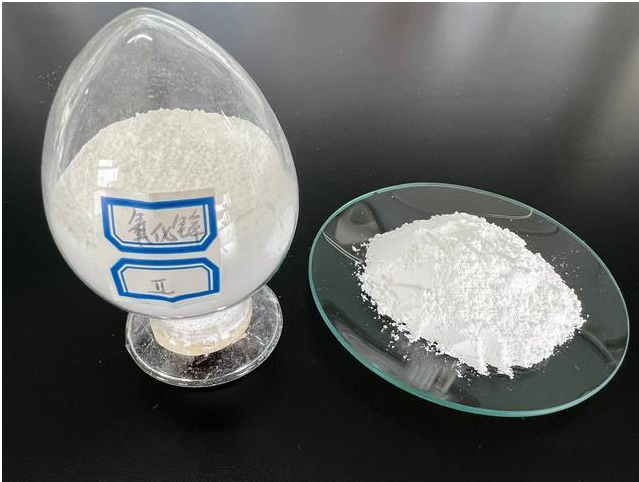Zinc Oxide
Medical field: Zinc oxide is primarily used to manufacture zinc oxide liniment and ointment for healing wounds, protecting skin, relieving itching and swelling, etc. It can also be used to treat acute eczema and dermatitis, and it promotes wound healing by regulating multiple stages of epidermal wound healing, such as inflammation, fibroplasia, and tissue remodeling.
Detailed Description
It is a commonly used chemical additive with the chemical formula ZnO, which possesses a large energy band gap and exciton binding energy, high transparency, and excellent luminescent properties at room temperature. Therefore, it is also applied in liquid crystal displays, thin film transistors, light-emitting diodes, and other products in the semiconductor field. In addition, micronized zinc oxide, as a nanomaterial, has also started to come into play in related fields.

Application
Zinc oxide, an inorganic compound with the chemical formula ZnO, is widely used in many fields. The following are its primary applications:
1. Medical field: Zinc oxide is primarily used to manufacture zinc oxide liniment and ointment for healing wounds, protecting skin, relieving itching and swelling, etc. It can also be used to treat acute eczema and dermatitis, and it promotes wound healing by regulating multiple stages of epidermal wound healing, such as inflammation, fibroplasia, and tissue remodeling. In addition, zinc oxide is opaque, has hiding effect, and can reflect ultraviolet rays. Thus, it is often used as an ingredient in sunscreen and concealer products in the cosmetics industry.
2. Rubber industry: Zinc oxide is used as an important additive in the rubber industry, and it is also used in the manufacture of radial tires, bias tires, conveyor belts, hoses, tapes, rubber shoes, latex gloves and other rubber products. Due to its characteristics of strong activity, uniform particle size and high dispersibility, it can promote vulcanization, improve the viscosity of rubber materials, and enhance the adhesion of framework materials such as rubber and steel wire and cord fabric, thereby improving the physical properties and wear resistance of rubber products.
4. Coating and paint industry: As a white pigment in the coating and paint industry, zinc oxide possesses tinting strength and hiding power, as well as anti-corrosion, light-emitting and other functions. It is often used for producing white paint and enamel paint. Possessing a slight alkalinity, it can react with trace amounts of free fatty acids to produce zinc soap, thus making the paint film flexible and strong, and preventing metal oxidation.
5. Cosmetics and skin care products: Due to its non-toxic and non-irritating properties as well as its superior physical and chemical stability, zinc oxide is widely used as a sunscreen and concealer in cosmetics and skin care products. It effectively blocks out UVA and UVB rays while offering safe physical sunscreen effect.
6. Feed additives: The feed-grade zinc oxide is suitable for use as a zinc supplementation additive in various types of feed at all levels for poultry, livestock and fish. In comparison to other zinc sources, the unit cost of zinc is comparatively lower while exhibiting better stability in feedstuffs. Moreover, it is non-hydroscopic, non-caking, and invariant, thereby facilitating the processing and long-term storage of feed.
7. Other fields: Zinc oxide is also applied in various fields, including advanced ceramics, chemical production, dental restorative materials, xerography copying, spaceship coatings, as well as the manufacturing of fireworks and smoke bombs. In the ceramics industry, zinc oxide is utilized for glazing bricks and tiles and for semitransparent glazes on crude pottery, as well as transparent coarse glazes or fritted glazes on craft tableware.

